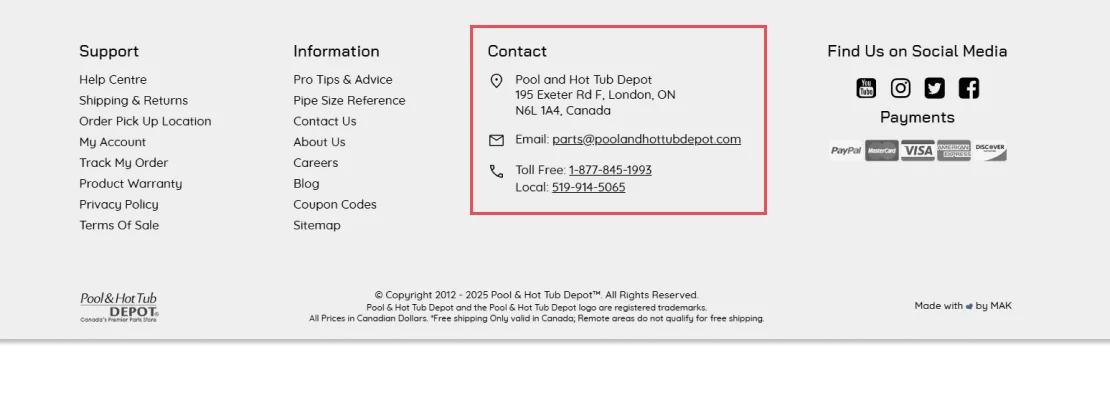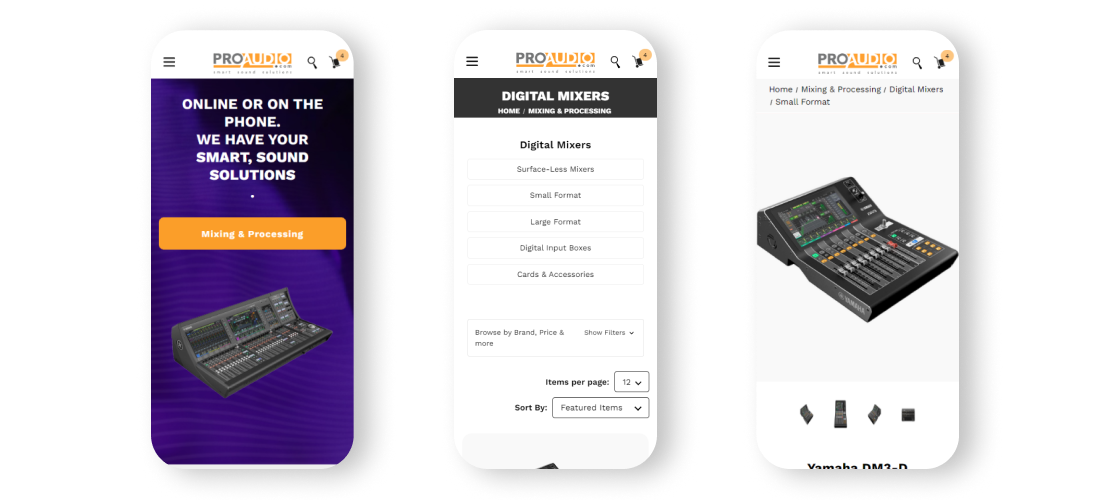
Great ecommerce websites share a fundamental principle: they focus on creating an exceptional user experience that guides customers from their first visit to the final checkout and beyond. Whether you’re launching a new online store or looking to improve your existing one, incorporating the latest ecommerce website design trends is essential to standing out in a competitive marketplace. From building trust to ensuring intuitive navigation, these elements form the foundation of a website that attracts, engages, and converts.
In this blog, we’ll dive into the key components of successful ecommerce website design and explore how you can implement these strategies to elevate your online store.
Building Trust with Your Customers
Trust is the backbone of any ecommerce business. When a new customer visits your site, they evaluate more than just your products—they assess your credibility. Without trust, even the most visually stunning websites will struggle to convert visitors into buyers. That’s why building trust is a key part of any successful ecommerce website design.
Transparency is a great starting point. Make your contact information easy to find by including an email address, phone number, and physical mailing address in a dedicated “Contact Us” page or the site footer. This reassures customers that your business is legitimate and approachable. Adding an “About Us” page that shares your brand story and values can humanize your business and build a personal connection with visitors, making them more likely to trust your brand.
 Pool and Hot Tub Depot dedicated contact information in Footer
Pool and Hot Tub Depot dedicated contact information in Footer
Equally important is a clear and customer-friendly return policy. Displaying your return policy prominently on product pages or during the checkout process reduces hesitation by providing customers with peace of mind. When shoppers know they can return items without hassle, they feel more confident making a purchase. Additionally, displaying security badges and trusted payment icons like Visa, Mastercard, and PayPal signals that your website is a safe place to shop. Pair this with authentic customer reviews and testimonials to provide social proof of your products’ quality and reliability.
Creating a Visually Engaging Ecommerce Website Design
When it comes to ecommerce, first impressions matter. Your website’s design should immediately capture attention and invite customers to explore further. A visually compelling site not only makes a strong first impression but also provides a seamless experience that leads visitors toward completing a purchase.
Product photography plays a central role in creating a visually engaging ecommerce website on a platform of your choice. High-quality, well-lit images that showcase your products from multiple angles help customers understand exactly what they’re buying. Adding lifestyle photos that show the product in real-life scenarios can further enhance its appeal by allowing shoppers to imagine the product in their own lives.
In addition to photography, color is a powerful design tool that can evoke emotions and guide user behavior. A cohesive color palette reinforces your brand identity, while strategic use of contrasting colors can draw attention to important elements like “Add to Cart” buttons or promotional banners. Typography is another critical aspect of design. Limit your site to two complementary fonts—one for headlines and another for body text—to create a clean, professional appearance. Typography not only improves readability but also conveys the tone and personality of your brand.
Prioritizing Responsive Ecommerce Website Design
In today’s mobile-first world, responsive design is no longer optional—it’s a necessity. Responsive websites ensure that your online store looks and functions flawlessly on any device, whether customers are browsing on a desktop, tablet, or smartphone. With the majority of ecommerce traffic now coming from mobile devices, optimizing for responsiveness is critical to staying competitive.
Speed is another crucial factor in mobile optimization. Mobile users expect fast load times, and delays can lead to frustration and higher bounce rates. Compressing images, minimizing code, and leveraging caching are just a few strategies to ensure your site loads quickly. A responsive design that prioritizes usability across devices not only improves the shopping experience but also boosts your search engine rankings, as mobile-friendliness is a key factor in SEO.
Designing Intuitive Navigation for Ecommerce
Navigation is the backbone of any ecommerce website. A well-structured navigation system ensures that customers can easily find what they’re looking for, reducing frustration and increasing the likelihood of conversion. Poor navigation can lead to confusion, higher bounce rates, and lost sales, making it a critical element to get right.
Start by simplifying your main menu. Limit top-level categories to a few key options, such as “Shop by Category,”“New Arrivals,”“Best Sellers,” and “Contact Us.” Overloading the menu with too many options can overwhelm visitors and create a disjointed user experience. Use straightforward labels for menu items to ensure customers understand where each link will take them.
For stores with extensive product catalogs, a robust search bar is invaluable. Place it prominently at the top of your site so customers can quickly find specific items. Filters and sorting options further enhance the user experience by allowing shoppers to refine their search results based on customer preferences like price, size, or color. Breadcrumb navigation is another effective tool, especially for stores with multiple categories. Breadcrumbs help customers track their location on your site and backtrack easily, reducing the chances of frustration.
Conclusion
A great ecommerce website isn’t just a digital storefront—it’s an experience designed to guide and delight customers at every stage of their journey. By focusing on building trust, creating a visually engaging design, prioritizing responsive functionality, and implementing intuitive navigation, you can craft a website that stands out in a crowded marketplace.
These essential design elements work together to attract visitors, keep them engaged, and convert them into loyal customers and increase customer retention. Whether you’re building your first ecommerce site or looking to refine an existing one, implementing these strategies will set you up for success in the fast-evolving world of online retail.

 Eashan Mehta
Eashan Mehta







